By Tom McHale

USA -(Ammoland.com)- Getting started in reloading is kind of like equipping the kitchen in your first apartment.
Sure, you can go primitive and start with only a cast iron frying pan, or if you’re an expert in college dorm cooking, an electric hot pot.
While you can make everything from Cajun steaks to corn bread with a good skillet, it helps to assemble a basic set of tools that provide convenience and menu variety.
Like cooking, you could reload cartridges with just a couple of tools, but it wouldn’t be easy or safe. Or, you could buy the entire Sinclair Reloading inventory and spend a couple hundred large on all the fancy gear and accessories.
You know what they say, right? Reloaders do it with hand tools, so let’s take a look at the basic set of hand tools that will make your reloading faster, safer and easier.
For simplicity, we’ll assume you’re reloading centerfire rifle and pistol ammo. You can reload shotshells too, but it requires some different gear.
For purposes of this list, we’ll assume you have a Single-Stage Reloading Press. While there is such thing as a hand press, a standard table-mounted reloading press is the one must-have item, like a stove in your first kitchen.
Calipers
While it sounds like a brake part for an old Buick, calipers are just a tool to measure things. In this case, reloaders need to measure things like overall length of a completed cartridge or the length of a resized brass rifle case.

The most important measurement you’ll need to worry about is the overall cartridge length. If the overall length is too short, that means the bullet it pushed into the case too far. That means there is less volume inside where the powder is. Less volume means more pressure when you torch it off. If a bullet is seated too far in, pressure can reach dangerous levels and blow up your gun, and whoever is holding it at the time.
If you are going to reload bottleneck rifle cartridges, you’ll also need calipers to make sure that your resized cases are the proper length before you start to seat bullets. Cases tend to stretch a bit when you fire and resize them.
I have both digital and analog calipers and have found both to be more or less equally accurate and reliable. Of course with at style like the RCBS Electronic Digital Calipers, you have to worry about changing batteries with the digital type, but they’re a lot easier to read. With analog calipers, like the Hornady Dial Calipers, you have to look at both the slide and dial to get the entire reading in inches, tenths, hundredths, and thousandths.
Prices range from $35 at the low end to a couple hundred for the really precise ones.
Hand Priming Tool
Many single stage reloading presses have a built in way to seat (push primers into the primer pocket holes) primers. You can certainly do this. You can also rub your cornea with sandpaper, and that’s equally satisfying.
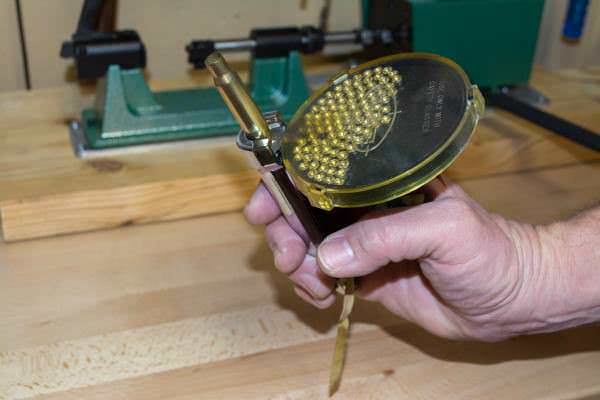
When starting out, a hand priming tool like the Lee Auto Prime XR Hand Priming Tool is a great way to ramp up the speed of ammo production. Most hand priming tools are a simple squeeze tool like a pair of pliers or a grip strength exerciser. There’s usually a tray to hold a bunch of primers and feed them one at a time into a holder for the cartridge. Apply a squeeze and the device presses the primer into the primer pocket. You can easily do hundreds of cases per hour this way. Better yet, you can do this from the comfort of, well, just about anywhere. “Hand priming tool” is a literal descriptor, and most of them are small, light and portable.

Want to camp out in the family room? No problem, bring a box of cases, your priming tool and an empty box for your completed cases.
One other thing to be aware of: some hand priming tools use the same shell holders that your reloading press uses. Others require special shell holders.
Recently, I’ve been using the RCBS Universal Hand Priming Tool. It’s sturdy, easy on the hands and doesn’t require specific shell holders. Spring loaded clamps center most any cartridge case you use.
Scale
While a scale is technically not a “hand tool” it’s still an absolute necessity. Charging cartridges with either too little or too much powder is dangerous! Either a mechanical or electronic scale is used to make sure your powder dispenser is releasing the desired amount each time.

It’s hard to go wrong with a good old-fashioned beam scale. If you’re old enough to have every used a typewriter, you might remember these from high school chemistry class. It’s a mechanical device, so unless you damage it, weight readings will be consistent and accurate. And the batteries never run out, because there are none!

New portable digital scales are small enough to fit in your pocket. Better yet, they’re fast and plenty accurate. Rather than having to adjust weights on a beam scale to figure out how much something weighs, it just tells you.
Be sure to buy a scale built for ammunition reloading. It will have measurements in grains or 1/7000th of a pound increments.
You can find a digital powder scale that works for as little as forty bucks, but a really accurate and consistent one will cost a bit more.
Powder Dispenser

To make safe and accurate ammunition, you need a way to get the same amount of powder into each cartridge. You can weigh the charge for each individually using a scale, but your production rate might top out at three rounds per month.
A powder drop dispenser, like the RCBS Uniflow Powder Measure, uses a precise volume measurement to “drop” the same weight of powder charge every time. It’s a hopper that holds a bunch of powder, with a lever-activated dispenser at the bottom. It operates a little bit like a soft ice cream machine, although it’s a lot more precise and doesn’t taste nearly as good. The key difference is that a powder measure allows a certain amount of powder to fill a measuring chamber before you dump it. So rather than a continuous flow like the ice cream machine, a specific amount is “dumped” with each lever pull. The measuring chamber is made to be almost infinitely adjustable so you can change the volume of powder dispensed.
Using precise adjustments, you set the powder dispenser to the exact charge you want, verifying the settings with a powder scale. When it drops the right charge, tighten the adjustments and operate the crank to drop accurately measured powder charges as fast as you can pull the handle.
To me, this little gem is well worth the money and worthy of inclusion in the most basic reloading setup. Check out dispensers from Hornady and RCBS. Most can mount to a shelf and are adaptable to use on a fancy progressive reloading presses.
Bullet Puller
Hey, with any new endeavor, you’re going to mess up now and then right? An inertia bullet puller is like a hollow hammer. You unscrew a cap on one end, insert a cartridge into a special holding ring, screw the cap back on, and whack it on the floor — hard! This action knocks the bullet and powder out of the case so you can start over. As the bullet puller body is hollow, it even catches the bullet and powder so you can reuse both.
I know. You’re very careful, so the odds of you ever making a mistake are slimmer than Nancy Pelosi’s chances of becoming President of the NRA, but it’s good to have. Just in case.
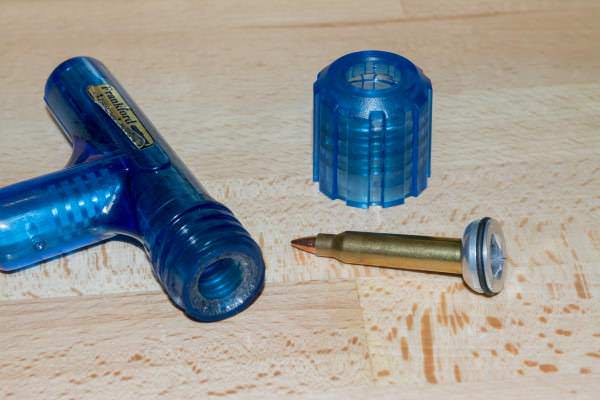
But seriously, having the option to “undo” a cartridge and start over will not just save you money. More importantly, it will remove temptation to let a potential mistake slide. Not sure about that last powder charge? Having an easy way to take a cartridge apart removes that temptation to just fire it anyway. Better safe than sorry — use your bullet puller to start over. All it costs you is a couple of minutes.
Looking for more Bullet Puller info check out this article on other bullet pulling tools.
If you want to get started reloading your own ammunition, check out The Insanely Practical Guide to Reloading Ammunition. It will teach you the basic steps, safety considerations and equipment you need. Reloading is easier than you might think.
If you can pay attention to detail, have a few basic tools for reloading and take your time, there’s no reason you can’t enjoy the benefits of rolling your own…
Want even more suggestions on top tools for reloaders? Check out this video from Brownells on tools they swear by.
About
Tom McHale is the author of the Insanely Practical Guides book series that guides new and experienced shooters alike in a fun, approachable, and practical way. His books are available in print and eBook format on Amazon. You can also find him on Google+, Facebook, Twitter and Pinterest.



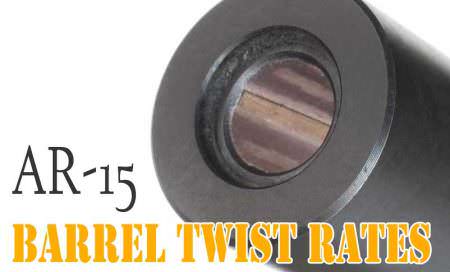
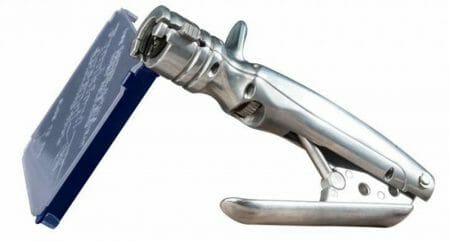

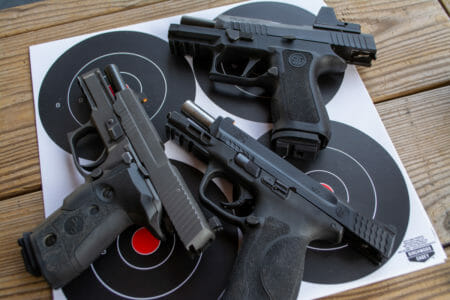
I enjoyed this article immensely but I do have to say I disagree with one point you make. The overall cartridge length is the most important measurement you’ll make. I think the most important measurement you’re going to make is the powder going into the round. To much powder is more dangerous than a bullet set to deeply. Too much powder in the round when reloading is the number one cause of damage to a gun and possible injury to the shooter. Too much powder in the round when reloading is the number one cause of damage to a gun… Read more »
Great info. One tool left out was a stuck case remover. You either have already or are going to stick a case in a die. Buy the tool now and put it away for when you need it!
Great article! You could add a few more but you got to the basics.
One little issue. Don’t you have the round backwards in the bullet puller??
Keep up the good work.
ed
Actually on this impact bullet puller the photo is correct. The collet holds the cartridge base while impact (hammering) causes the bullet to come out, which is then captured along with the powder in the hollow area. There is another cam style of bullet puller which uses collets to cam onto the bullet itself, then your press pulls the case off of the secured bullet. Basically two different approaches to the same problem.
If you have a newsletter I would appreciate you adding my name for distribution. I found the article and the video informative.
Thanks David – please see reply to Red (above) for details on that!
A very informative (and well written) article. Your talent for mixing fact with a tad of humor makes this less of a “tome” than most how-to articles. If you have an email distro, please add me to it, and thank you for all the really good information. (I particularly appreciated the embedded Brownells video.)
Wake Forest, North Carolina
Hey Red – Thanks for the kind words. I hate spam more than anyone, so I use an automated email sign up that you control, not me. Just go to mygunculture.com and you’ll see an auto sign up link which also gets you a free shooting tips eBook. Also, keep an eye out right here on AmmoLand and sign up for their monthly newsletter – I’m honored to provide lotsa articles there too!
Thanks,
Tom